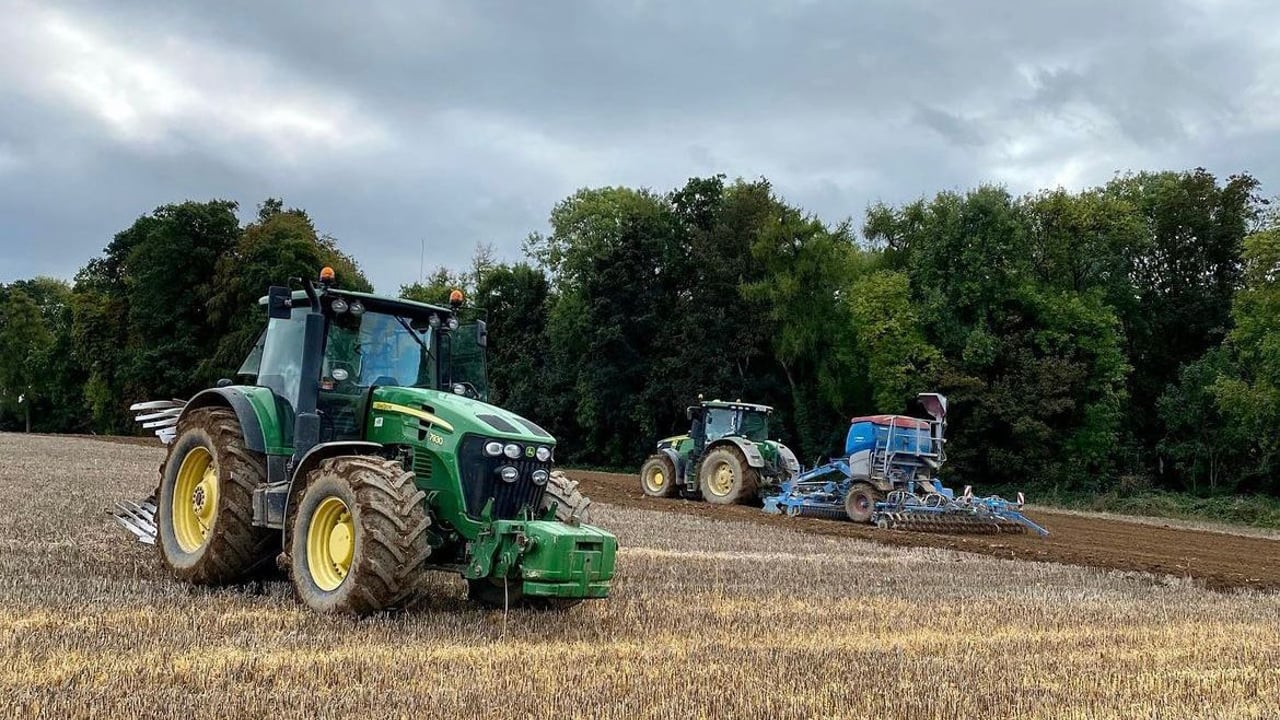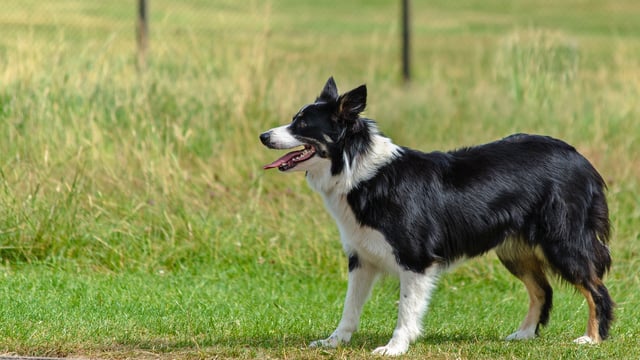Opinion: Spring tillage meeting hits all the right notes
The recent spring tillage meeting, hosted by Teagasc in Co. Donegal, ticked many important boxes for growers .
There was a tremendous turnout for the event and the significance of the presentations given on the evening in question was of a comparable nature.
'Take home' messages from the meeting included a confirmation of the good condition of winter cereals in the north-west plus the fact that animal slurries are extremely valuable nutrient sources for winter cereals at this time of the year.
A number of important ‘aide memoirs’, where the use of slurry on tillage crops is concerned, were also communicated.
First off, slurry dry matter is a direct correlation with its nutrient value. Secondly, cattle slurry has a highly complementary potash and phosphate content when it comes to encouraging grass growth.
And the same principle holds when it comes to applying pig slurry to cereal crops.
The most thought-provoking discussion of the evening centred on the use of bio-stimulants that have not been independently trialled on tillage.
According to the latest figures from Teagasc, up to €200/ha is being spent on these products within the tillage sector.
So, this is money that will impact significantly on the bottom line of the tillage enterprises concerned.
Teagasc’s line on the matter is twofold. Growers should ask for full verification of the trial work that has been carried out on these products.
And, if tempted, growers should carry out their own, on-farm trials to verify the veracity of the claims made for these stimulants.
The most effective way for farmers to carry out this work is to apply a specific product along alternative tram lines only.
And, of course, the bottom line is the yield difference achieved at harvest. The will entail a slightly more complicated use of trailers and weigh bridges than would normally be the case.
Moreover, growers should not be lulled into thinking that colour differences within a crop reflect changes in yield. Invariably, this will not be the case.
In reality, tillage farmers should concentrate on addressing those challenges that do make a real difference when it comes to growing crops.
And, according to the latest Teagasc Costs and Returns publication, there is one issue that stands out above all else in this regard - machinery expenses.
Equipment now represents the second largest investment made by farmers when it comes to producing a crop, coming in at around 25% of all growing costs.
Anything that can be done to bring this ‘machinery-related’ figure down really would help to improve growers’ bottom line.





